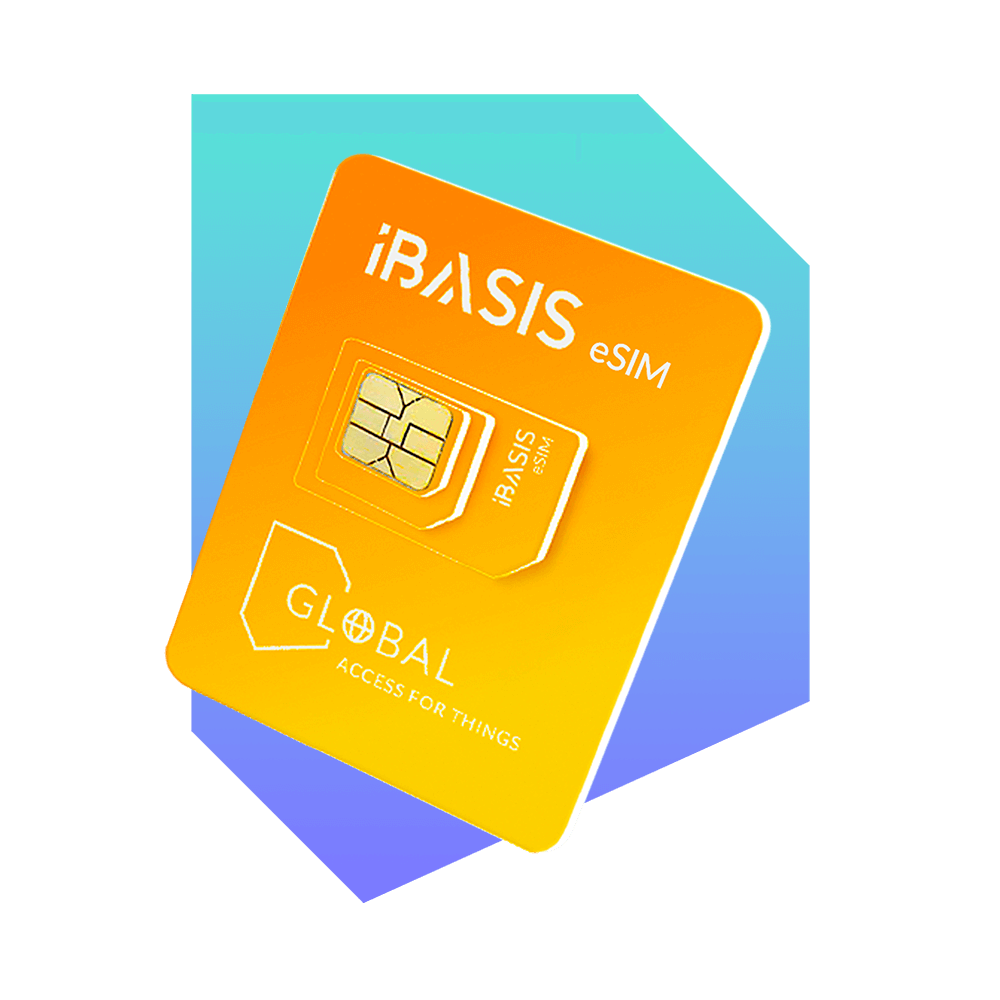
We stand at the crossroads of the global messaging market and the SMS landscape is undergoing an exhilarating transformation. Amidst this vibrant time, the business messaging market is also evolving quickly. That’s why iBASIS has commissioned a pivotal whitepaper leveraging industry expert perspectives to look into the long-term trends and impacts on SMS.
Written by Global Telco Consult (GTC), the whitepaper’s findings will be shared at the upcoming ‘Taking the Pulse of the Messaging Market: Is SMS at a Crossroads?’ webinar on December 11, 2023.
Through in-depth interviews, the whitepaper delves into the core of the SMS market, examining its current state and the emerging trends shaping its future. The report was meticulously crafted to capture an accurate reflection of the global messaging landscape, adding hands-on experiences with validation from Mobilesquared.
The global A2P SMS market is experiencing a significant period of growth, with the total number of messages increasing from 2.52 trillion in 2022 to 2.88 trillion in 2027 at a CAGR of 2.7%, forecasts Mobilesquared. This growth trajectory is testament to the previously untapped potential of SMS as a robust and versatile communication tool.
Despite this growth, the A2P SMS market faces challenges including a dramatic increase in international termination rates. This was confirmed by the interviewed executives, who flagged SMS pricing as the most immediate problem impacting A2P SMS revenues today.
International rates have been steadily increasing for several years, but the rate of increase has been more dramatic in recent years. MobileSquared observed an almost doubled uptick that started in mid-2021 when average global termination rates rose from $0.033 to $0.065 in Q2 2023. In the next article, we will explore in more detail the causes of the increase and discuss potential avenues to stop this trend.
The escalation in SMS costs is paving the way for alternative technologies and has led to increased fraud and trashing. Businesses are gradually shifting towards other channels, particularly for international traffic and one-time password (OTPs).
As OTTs have sent more SMS, they faced three major problems: high costs, volatile pricing, and variable quality. OTTs and hyperscalers’ roles have evolved as they launched new services and their messaging businesses grew in scale. This has attracted more internal scrutiny to optimize their use of A2P SMS and negotiate better terms and performance from their messaging partners. In light of these challenges, restoring trust in the SMS ecosystem is also paramount.
For enterprises, messaging is a solution to communicate with consumers, and cannot be seen as a problem. It’s a complex market that requires an understanding of the channels and the commercial dynamics at play to ensure you deliver quality messaging. With specific requirements for each use case, opportunity lies in leveraging multiple channels effectively to improve customer experiences and engagement.
Enterprises are also looking for alternatives to SMS. They might seek digital channels to provide rich, two-way conversations or alternative means of authentication, such as flash calls, authentication apps, or other mobile identity solutions. In future blogs, iBASIS will explore the potential of multiple channels such as RCS and WhatsApp Business, while looking into alternative authentication methods.
Our upcoming webinar – ‘Taking the Pulse of the Messaging Market: Is SMS at a Crossroads?’ – will take a deep dive into these topics, offering invaluable insights and strategies.
Register now to be part of this crucial conversation and receive an exclusive copy of the detailed whitepaper.































